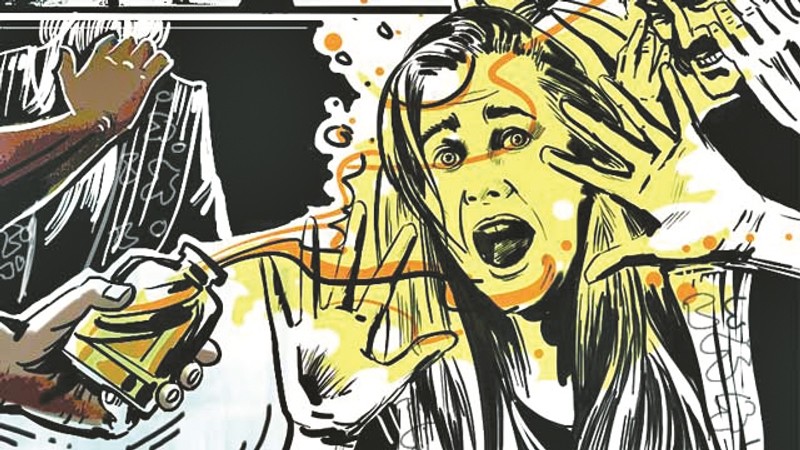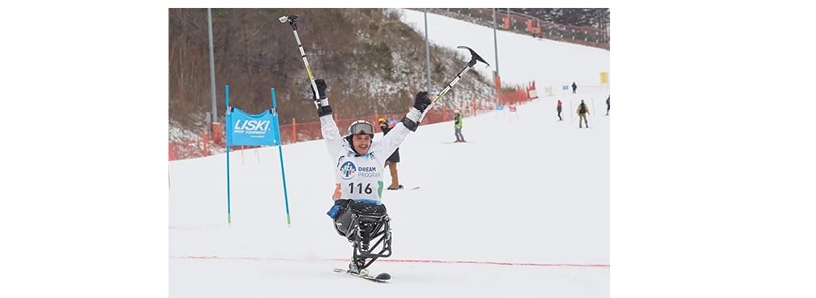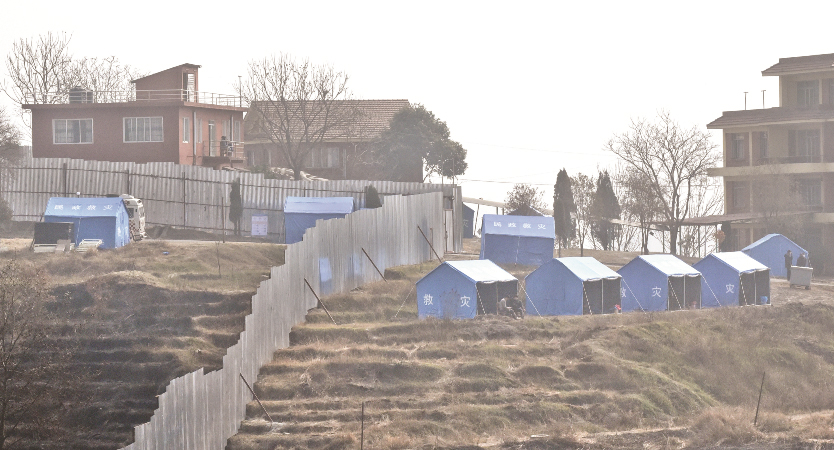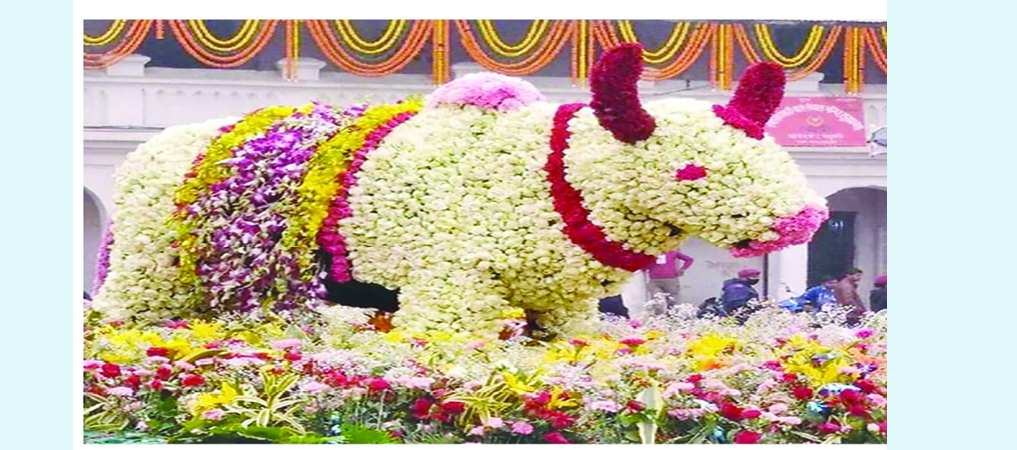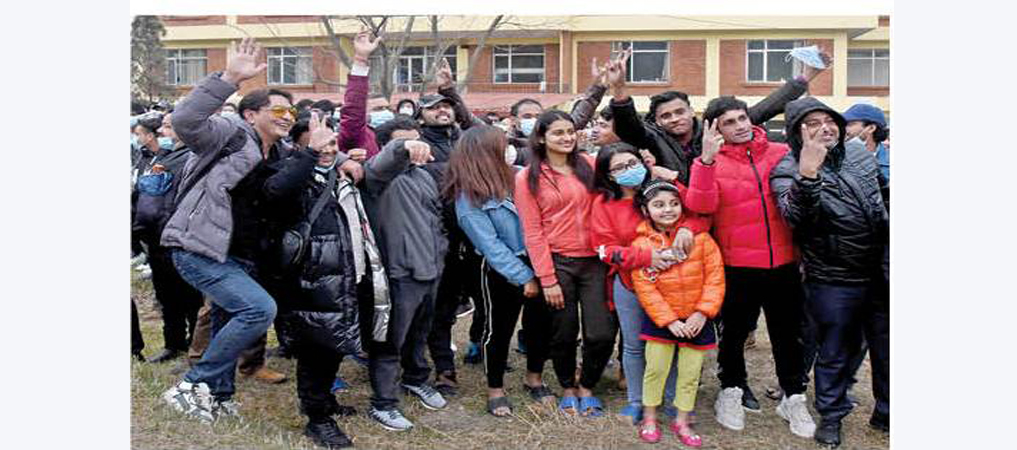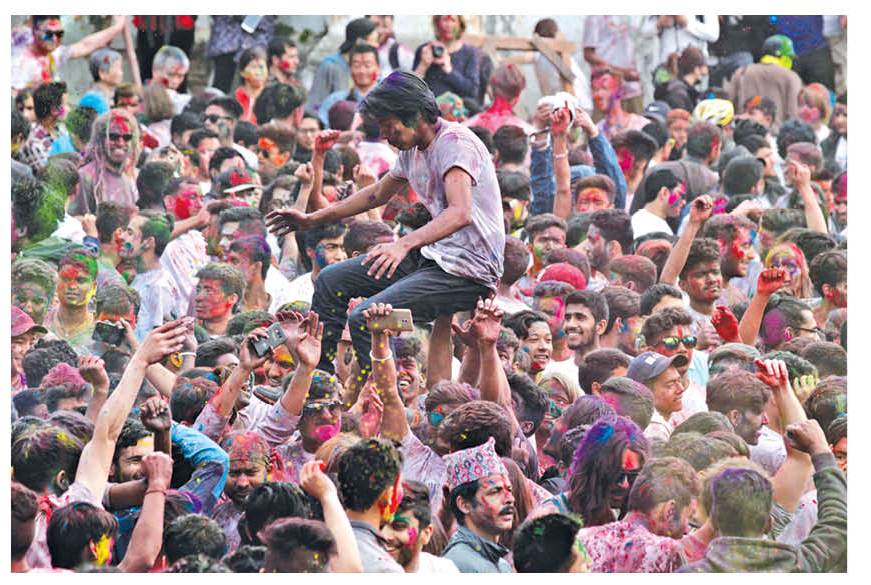Learn from India, follow safety protocols: Experts

By Sampada A. Khatiwada
Kathmandu, Apr. 27: The fear of COVID-19 pandemic has been on the rise across the nation with the increase in daily infection and death rate. As India, to which the nation shares an open border, has been in the grips of a public health emergency, its effects have started surfacing in Nepal.
In September last year, the daily infections had peaked at 90,000 in India, which fell to 20,000 by the end of 2020. But now, the biggest spike in the COVID-19 tally is being recorded daily in the neighbouring nation and all major cities and states like Delhi and Maharastra having advanced healthcare system in India have been overwhelmed with virus-infected patients.
The social media platforms are filled with grave pictures of overcrowded cemeteries, mourning relatives, a long queue of ambulances with gasping patients waiting to get into hospital beds, patients lying with oxygen in lobbies and the celebrities desperately calling for help for medicines, oxygen, drugs, and beds.
With 28 COVID-19 related fatalities recorded in a single day on Sunday in Nepal and 1,899 virus-infected patients in isolation wards, 268 in ICUs, and 78 in ventilators, the healthcare officials have been warning that the same scenes of India would descend in Nepal if the government doesn’t take necessary action immediately and if the public continue neglecting public health protocols.
In the regular press briefing of the Ministry of Health and Population (MoHP) on Sunday, Dr. Birajman Karmacharya, director of health and community development programme at Dhulikhel Hospital, said, "The second wave of the pandemic has already started in Nepal. In comparison to last week, the COVID-19 cases have increased by a whopping 241 per cent."
"The infection rate has increased by an alarming 30 per cent. If the infection rate continues to surge in the same way, over 200,000 people will be infected with the virus within two months," he said. Dr. Karmacharya warned that if action is not taken immediately by the concerned stakeholders, the nation will have to mourn the death of 150 COVID-19 patients daily. "Thus, the time has come for everyone including the government to opt for high alertness and take all the necessary steps to stem the spread of the virus," he added.
Likewise, Dr. Santa Kumar Das, coordinator of COVID-19 treatment in Teaching Hospital, said that the ICU and isolation beds at the hospital have already been filled with infected patients. "It is heartbreaking to see many patients especially the young ones succumb to the infection. If the number of infection continues to climb up in the same way, then Nepal's healthcare system will be the same as India’s," said Dr. Das, adding that neither the government nor the public had heeded their responsibilities to curb the spread.
"It is high time for the government to mull over the strategies to be taken to prevent the situation from going out of control," Dr. Das said.
Infectious disease and critical care expert Dr. Prabhat Adhikari said, "The hospitals have already started running out of ICUs and ventilators as all the big hospitals, including emergency wards, have been booked with patients." Dr. Adhikari added that the harsh reality of the pandemic could be seen in any nearest hospital.
"The pandemic is real and lockdown is the only means to wipe it out. Thus, if the government values peoples' lives more than the economy, then shut down at least for two weeks must be imposed in the major cities and the public must comply with the government-made rules to stop the contagion."
Moreover, Dr. Rabindra Pandey, a public health specialist, said that everyone including the government must learn a lesson from India. "It is time for the government to strictly impose the public health standards in every nook and corner of the nation. Punishment should be enforced if the citizens do not comply with the standards."
Recent News

Do not make expressions casting dout on election: EC
14 Apr, 2022
CM Bhatta says may New Year 2079 BS inspire positive thinking
14 Apr, 2022
Three new cases, 44 recoveries in 24 hours
14 Apr, 2022
689 climbers of 84 teams so far acquire permits for climbing various peaks this spring season
14 Apr, 2022
How the rising cost of living crisis is impacting Nepal
14 Apr, 2022
US military confirms an interstellar meteor collided with Earth
14 Apr, 2022
Valneva Covid vaccine approved for use in UK
14 Apr, 2022
Chair Prachanda highlights need of unity among Maoist, Communist forces
14 Apr, 2022
Ranbir Kapoor and Alia Bhatt: Bollywood toasts star couple on wedding
14 Apr, 2022
President Bhandari confers decorations (Photo Feature)
14 Apr, 2022





